This piece contains spoilers for Halo: Reach.
In the pantheon of platform exclusives, few are as big as Halo. Since its launch by Bungie in 2001, Microsoft’s first-person shooter series has spawned no fewer than 15 games, alongside endless volumes of novels, comics, art books and a TV adaptation. It also provided the world with one of science fiction’s most iconic characters: John-117, aka the Master Chief. For many people, the Chief is Halo. But what happens if you let him out?
To put it another way, you’d normally expect the first entry to be the best place to start if you wanted to dive into the series, and Halo: Combat Evolved remains a fantastic starting point. But I’d argue that this is the sixth mainline game, and Bungie’s swan song, 2010’s Halo: Reach, which offers one of the most complete and rewarding gaming experiences in all of Halo – all without the Master Chief himself.
I know this because Reach was my introduction to this particular universe. I spent the days and nights with my best friend in college, trying to beat Legendary Rocketfight at Courtyard. The sound design of those rocket explosions and enemy screams is forever burned into my mind, and the whole thing sparked an alien bloodlust in me that led to the purchase of my first Xbox console, as Halos 1 through 3. In the months and Over the years that followed, I delved deeper and deeper into the Halo universe, and so over time, Reach has become more than just a valuable introduction to the series. In storytelling terms, it feels like the pinnacle. I now see it as the most deft depiction of hopelessness and fear in Halo, and an adventure I’ll return to again and again.
Fear is the main thing Reach delivers, and fear is what means it’s still an essential gaming experience even today. Fear and desperation seep from every pore of the game, like thick blue blood from a bullet-riddled Grunt. Reach is a brutal, uncompromising and surprisingly emotional ride. The legendary Master Chief’s plot armor is gone, and without him the stakes have never been higher. That’s because, as a prequel, we all know what happened on Reach from the beginning. Even the promotional material for the game stated: “From the beginning you know the ending”.
With that notable absence, you’re cast as a member of Noble Team, a team of Spartans tasked with investigating distress beacons on the Earth-like planet Reach. Initially it is thought that a rebel uprising is underway. However, the true gravity of the situation soon becomes apparent when you and your teammates discover a Covenant presence on the planet. While Halo’s lore is messy – and Reach in particular is a major point of contention among die-hard fans – there’s no denying that an alien invasion is causing trouble. You’re looking forward to it.
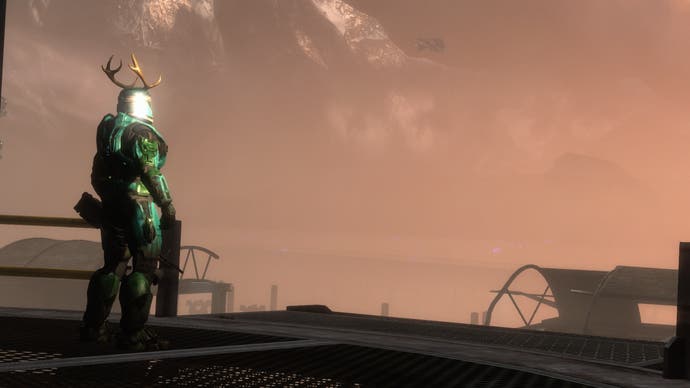
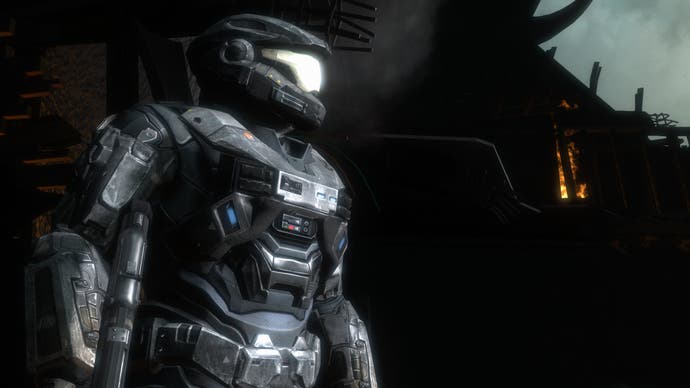
You are real. As you progress through the game, you’ll take on the advancing forces, tackling encampments and the sieges of key military locations, fighting alongside your squad and a few vulnerable Marines. The scope is focused, but because of that invasion storyline it also feels huge. On one level you must evacuate civilians from a burning city, while on another level you must take out an enemy tower; later, you’ll fire giant cannons at a Covenant frigate, drive their presence out of mining facilities, or retake communications outposts. And while there are victories, the game cruelly rips them away from you again and again.
Take, for example, the death of teammate Jorge. This is a Spartan born on Reach who has always remained loyal to the planet, and he makes the ultimate sacrifice by manually detonating a slipspace bomb aboard a Covenant ship. As he takes your character into space and to safety, the ship is destroyed and it looks like the mission will be a tragic success. But just seconds later, while I was still punching the air in tears, a convoy of ships arrives to replace the one that was destroyed. It’s all been for nothing. For less than nothing. Strange emotions to build a game around, but it works because Bungie goes all-in on the fiction here.
Jorge isn’t the only seemingly invincible Spartan to bite the dust during Reach’s campaign, and each death is teeming with a wicked sense of irony. Jorge was the Reach-born soldier who vowed never to leave the planet, only to die in space; Emile is a combat expert who is stabbed to death; technology expert Kat is the brains of the crew and dies – somewhat lightly – out of nowhere by a sudden headshot. Even Noble Six, who is introduced as a ‘Lone Wolf’ character, infamously dies as the last member of the pack in an epilogue level that only ends when you’re overrun by an endless horde of Elites.
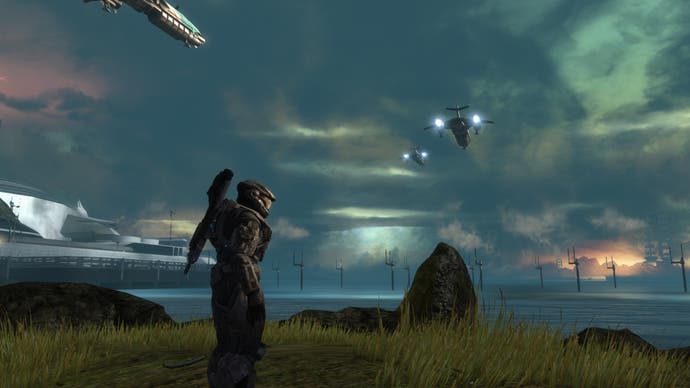
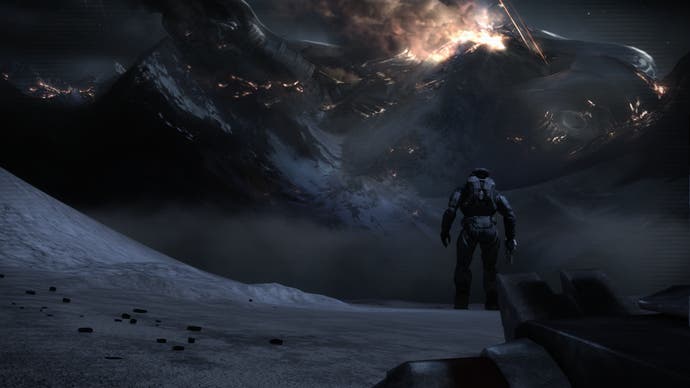
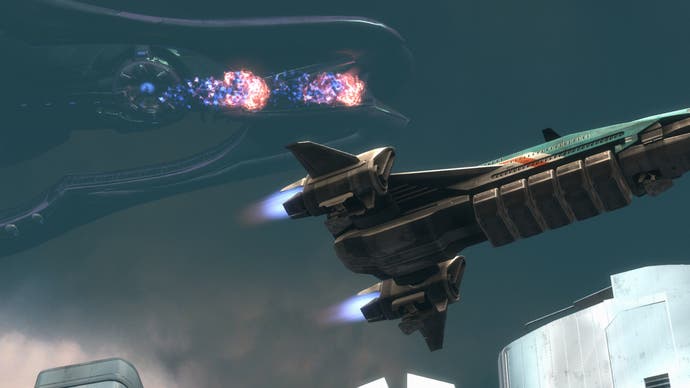
In addition to these personal moments, Reach gives us huge set pieces where we can see the effects of the invasion in real time. It still feels like a milestone game for this kind of thing. As we’ve traversed urban environments like Halo 2’s New Mombasa, the streets are deserted. But when Noble Team tries to repel the brutal invasion of New Alexandria, you do so amid seas of civilians. Or if you fly above the city to take out Comms jammers in a hospital, a penthouse and a nightclub (which houses a beautiful easter egg of dancing enemies), you can see the city’s constant ‘glass’ happening in the background . As the game progresses, the green and gray tones of the landscape give way to blood red and fiery orange. The most ‘alive’ game in the series is killed in real time.
If it seems strange to talk so much about fiction in a series known for its open sandbox design and glorious gunplay, I suspect that’s the point. Reach makes Halo’s fiction feel real to me. It makes me care about characters and stick around to watch cutscenes.
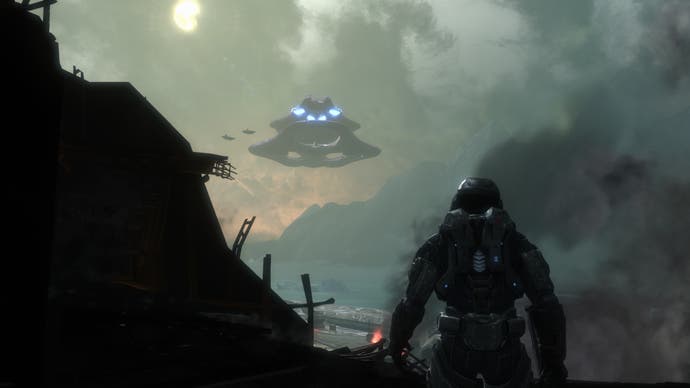
And it turned out to be a perfect farewell for Bungie, as the team broke away from the series to focus on Destiny. (In fact, several of Reach’s features are basically prototypes for Destiny’s features. I’m thinking of things like character customization, ship and location design, and especially armor.) The reins were handed over to 343 Industries, a brand new studio that had a collaborative hand in Reach . And while that studio was tailor-made for the development of Halo, the Reclaimer trilogy of games has drawn a lot of ire from fans. Halo 4 was fairly well received, but Halo 5: Guardians’ campaign has been consigned to history by many in the Halo sphere, and 2021’s open world entry, Halo: Infinite, was so broken and incomplete upon release that it only recently started working. become the game we hoped for. (To be clear, it’s really, really good right now.)
Meanwhile, Reach exists as this perfect, tortured moment at the center of Halo. The hero is missing, but maybe that’s why this game is so good. It’s the last hurray for the people who created this world, and it adds extra color and momentum to the lore, making the events of the main series that much more important. We are all members of Reach.
